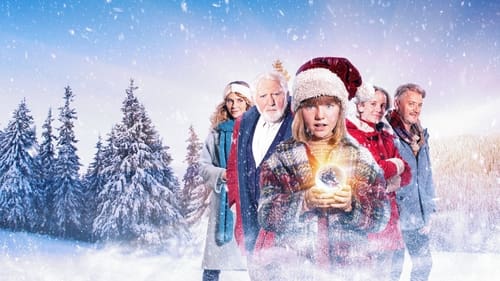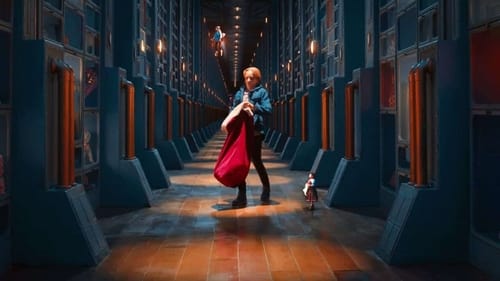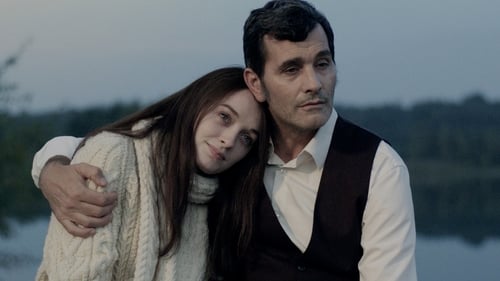
Costume Design
When the delivery of presents goes wrong and Grandpa Noël gets in trouble, siblings Jules and Noor must work together to save Christmas.

Costume Design
Jules Claus has embraced Christmas again and is getting ready for the busiest time of the year together with grandpa Noël. Everything seems to go according to plan, until Jules receives a very special letter with an intriguing question...

Costume Design
When his grandfather suddenly falls ill, holiday-hating Jules learns of his family's magical legacy and realizes he's the only hope to save Christmas.

Costume Designer
A disjointed group of colleagues gets a new manager. For his ultimate plan to enhance their working attitude, he invites them to a team building weekend.

Costume Design
The extravagantly rich Grace wants to revive a 20-year old love affair. Mark travels to Ireland, together with pushy Ronnie and pretends to be his deceased brother Michel.

Video installation, 2006, at M HKA Antwerpen 2007 “Lonely at the Top”, curators Dieter Roestraete & Grant Watson. The title of Marie Julia Bollansée’s work refers to an old Etruscan city near Rome. Tarquinia was the most important of the twelve cities of the Etruscan League and is now an archaeological site primarily known for its necropolis – an underground cemetery containing more than six thousand tombs, many of which are decorated with splendid colourful murals. However, of this partially macabre history hardly a trace can be found in Bollansée’s “Tarquinia”, a three-part projection in which a festively laid table with an ever changing line-up of guests is the central point – a picture which is loosely based on Tarquinia’s ancient wall paintings. Although associations with the iconographic tradition of the Last Supper are brought to mind, “Tarquinia” definitely plays on a different emotional register – that of a festive beginning rather than that of a majestic fatal ending.

Assistant Director
Performance, 23 September 2005, at Zoersel, Seppenshuis. Avens are relics from prehistoric times (3000 BC). They are natural cavities in the limestone soil that have been washed out by water. The early inhabitants used those cavities as a quarry from which they extracted the clay for their pottery. When the clay ran out or had become too difficult to reach these caverns were used as depositories for food. Usually an AVEN was connected to an underground vein of water. I saw AVENS like this in Cambous, Languedoc. They date from 3000 BC. "I think they’re wonderful. Time and time again it surprises me that as soon as I perform a work existing in my head, it begins to lead a life of its own. During the try-out I discovered that an AVEN could also be the crater of a blue meteor fallen from Sirius into our garden or just as likely a hole in the ground caused by the impact of a poisonous gas bomb."






